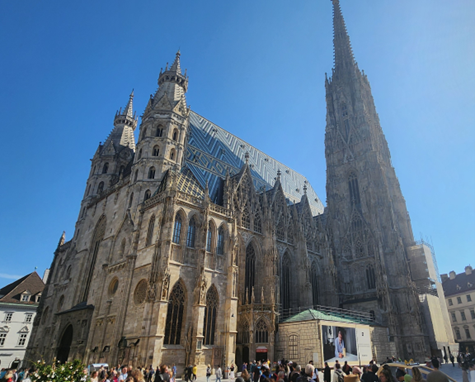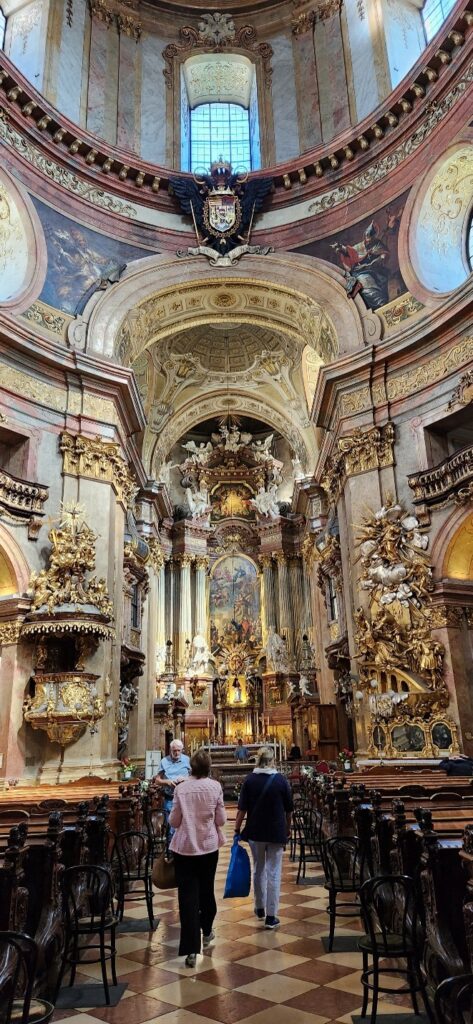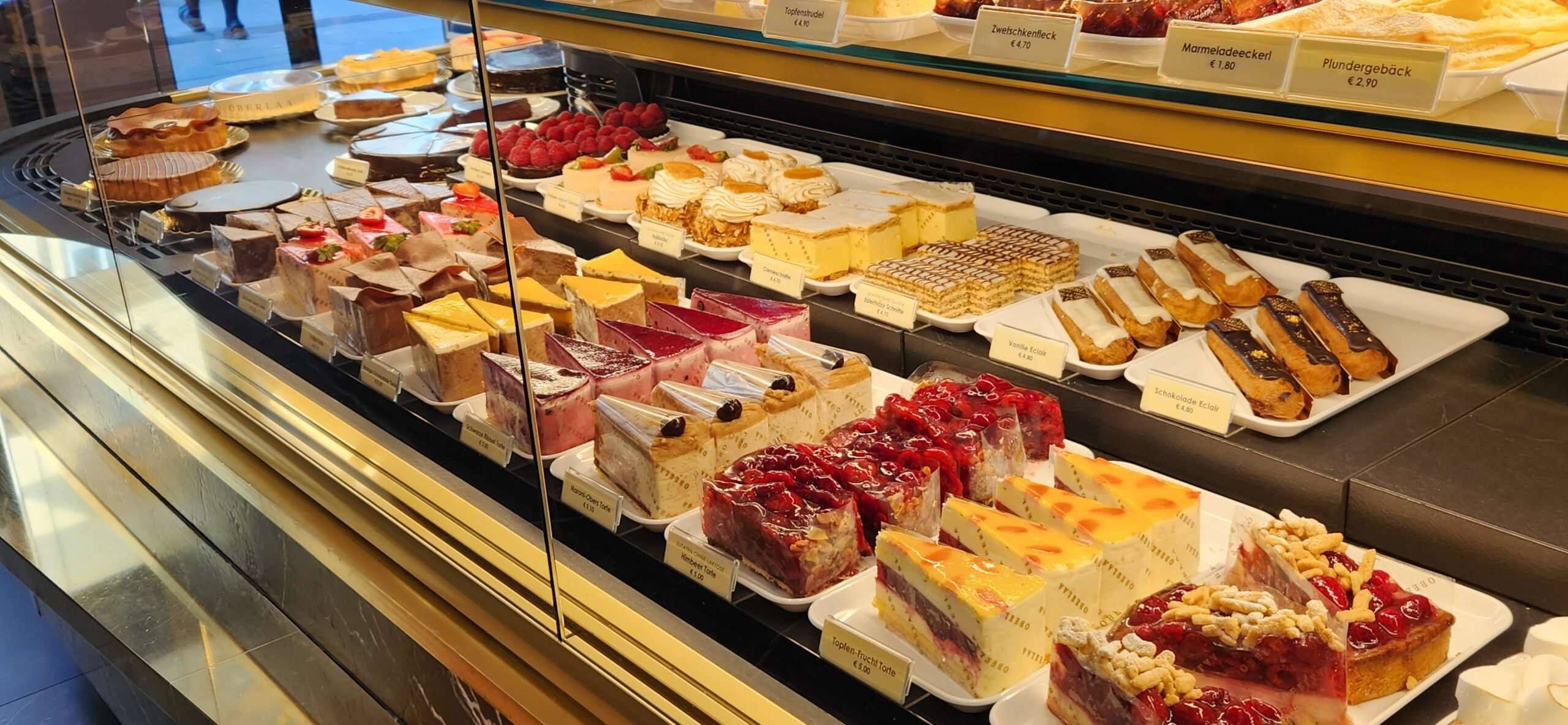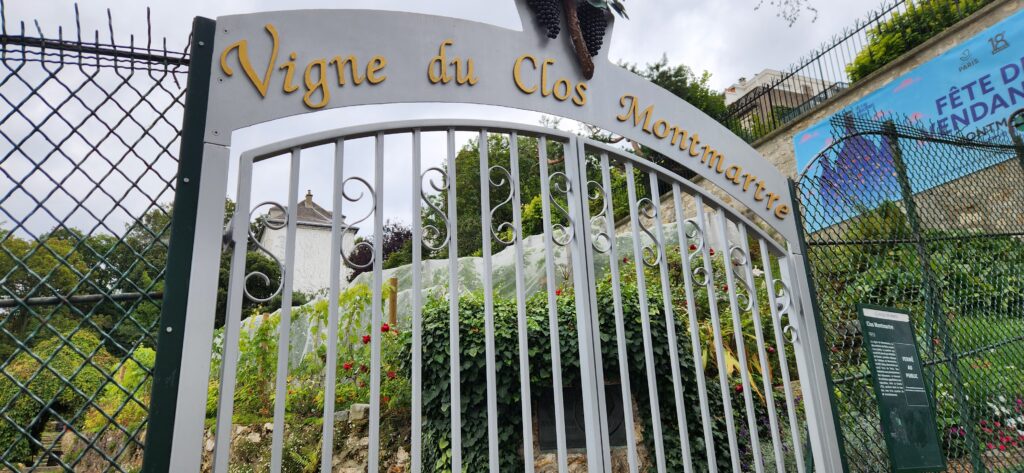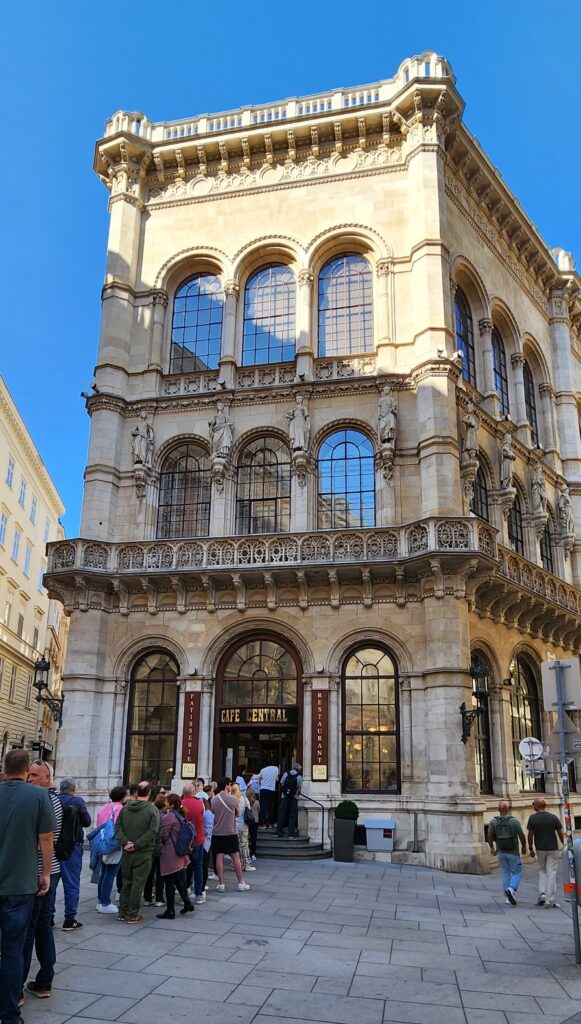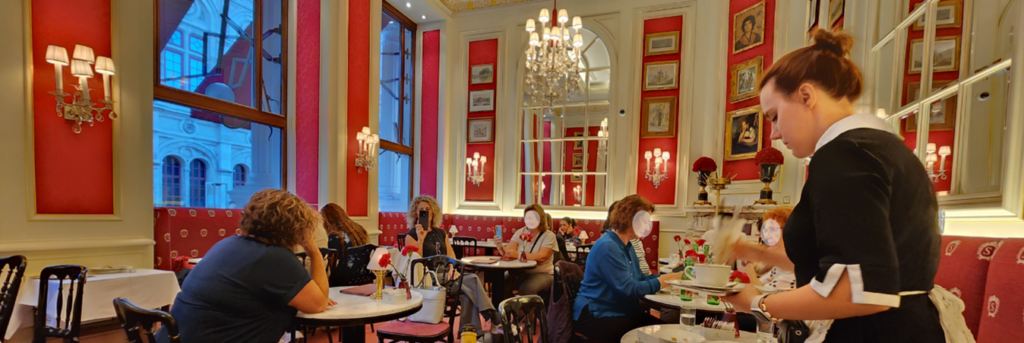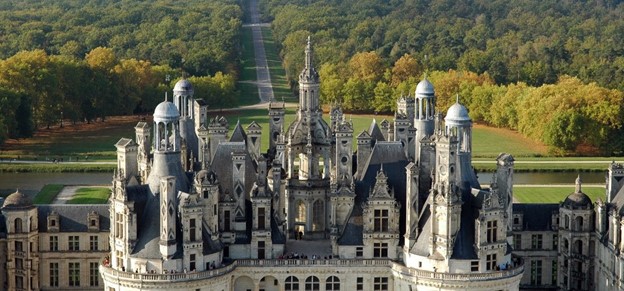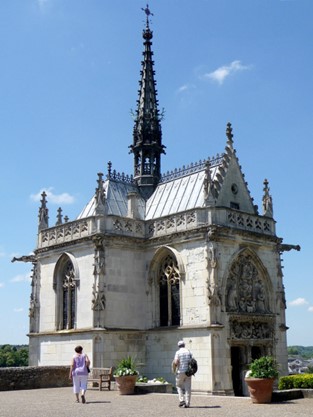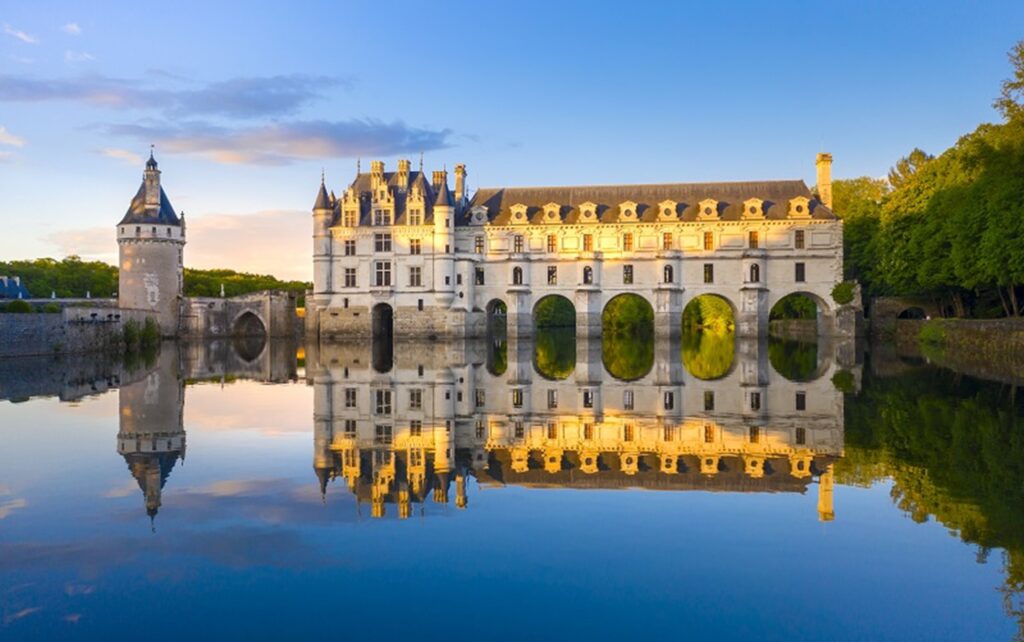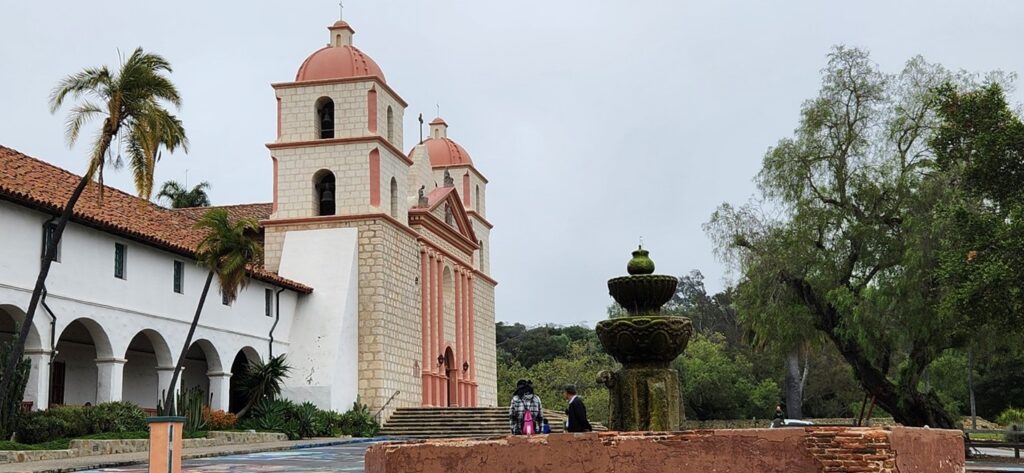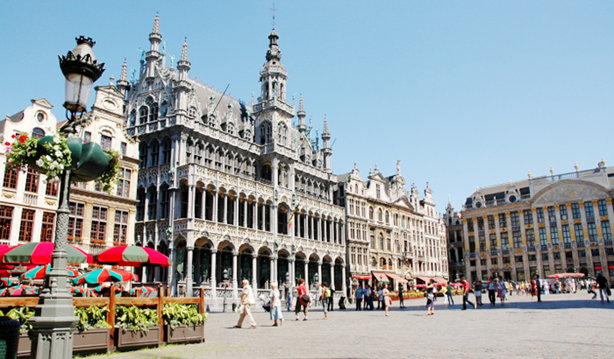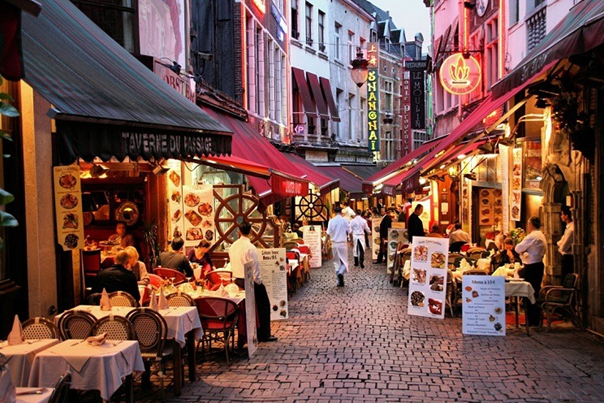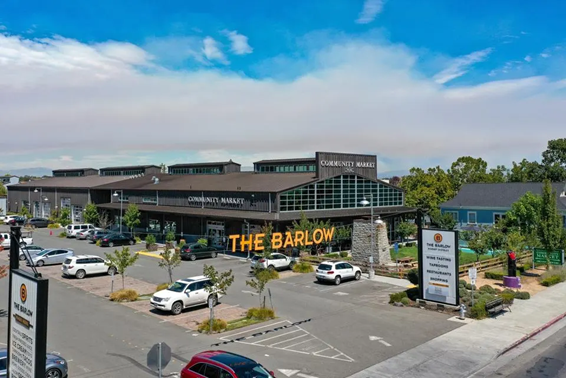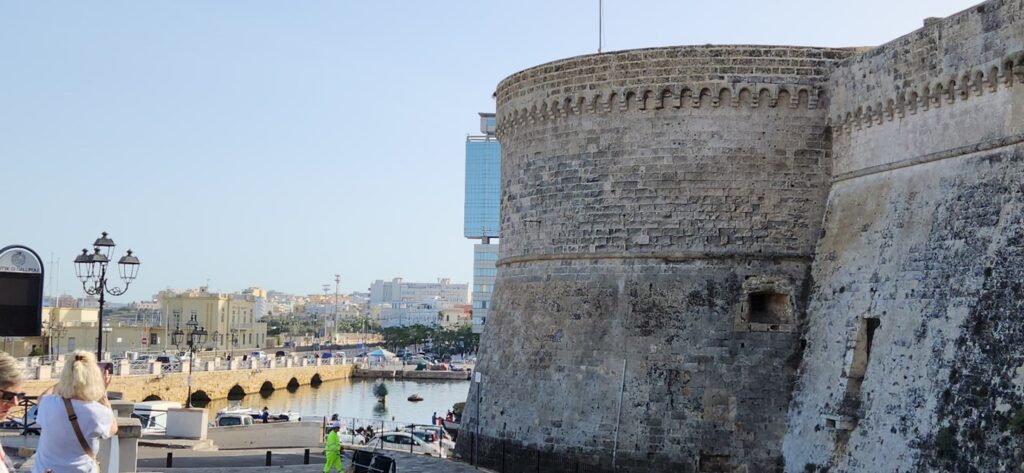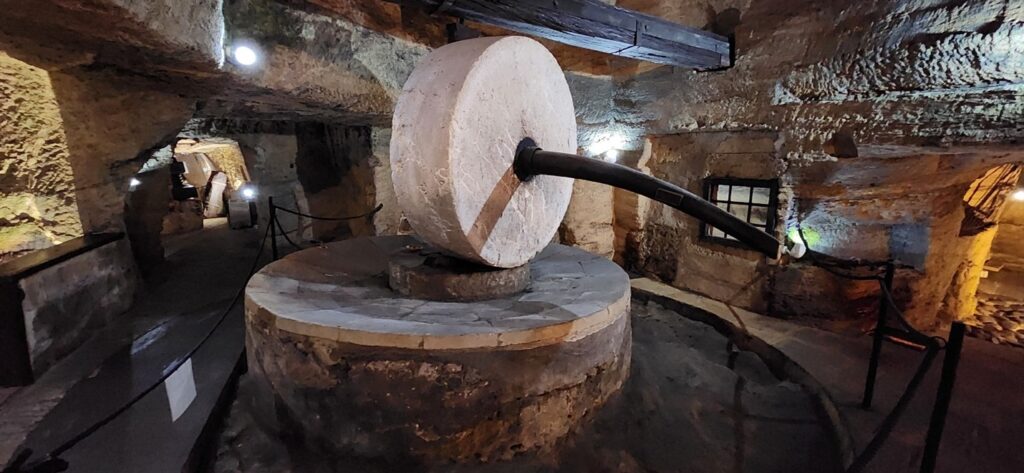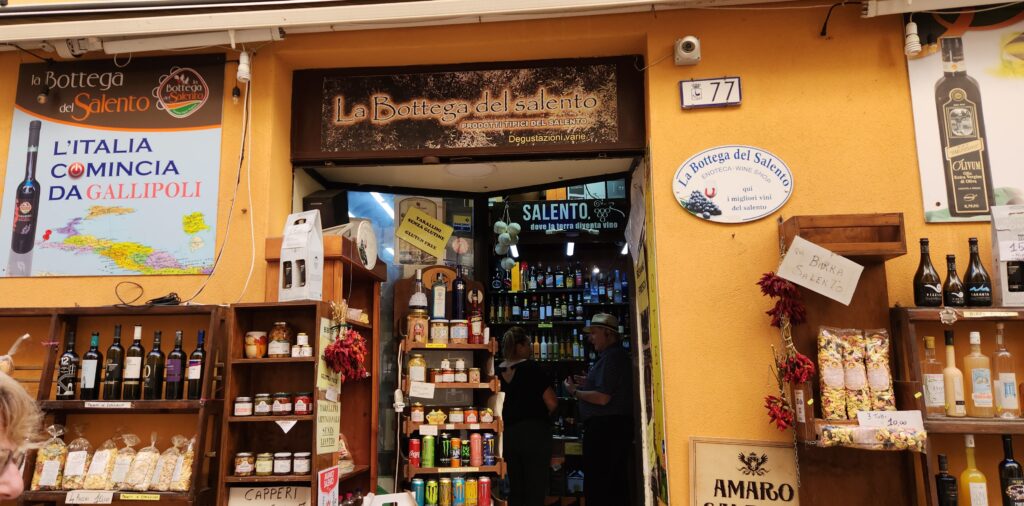As noted in a previous issue, Vienna was built as the capital of a vast empire across central Europe. Although Austria today is a small country that has far less impact on world affairs, the architectural glory of that empire is still on display. Moreover, Vienna was a major cultural capital and it remains so today. There are actually vineyards within the city limits and others in the nearby suburbs, so wine tasting and touring can be accomplished in one visit.
A visitor to Vienna is struck by the architecture before anything else. It seems that in the center of the city every building is decorated like a wedding cake, with statues, pillars and Baroque curlicues. Many of the buildings are as they were in the 19th century or earlier, but a significant number of them were damaged in World War II. They have been repaired so seamlessly that it’s nearly impossible to tell that there was ever any harm done.
St. Stephen’s cathedral.
Two churches exemplify Vienna’s architectural glory. St. Stephen’s cathedral is a gothic wonder of spires, turrets and arched windows. It was mostly constructed in the 14th century and has survived many wars since then. As the German army withdrew from Vienna in 1945, it was spared destruction but was quite damaged as the Soviet army entered the city. Not far from the cathedral is the less ancient St. Peter’s church, built in the 17th century. It’s not a cathedral, but it is a marvel of Baroque and Rococo architecture, especially the interior.
The interior of St, Peter’s Church in Vienna.
Vienna is justly renowned for its cuisine, but surprisingly most of the city’s most famous dishes were imported from other countries in the Austrian empire. Wiener schnitzel is probably the best known dish, but it’s a take on veal cutlet Milanese. Goulash is from Hungary and the sausages eaten everywhere are very much like frankfurters. The original Viennese dish is called tafelspitz, which was popularized by the long-lived emperor Franz Josef. It’s a slice of rump roast that’s been boiled and simmered in broth until it’s very tender. It’s served in a copper pot and in its broth, along with potatoes, stewed apples and sour cream mixed with chives.
Typical Viennese desserts.
And of course, there are the desserts that Vienna is famous for. The best known are apple strudel and Sacher torte, a chocolate cake with apricot filling. There are some famous coffee shops that we wrote about in a previous issue, but you can get a cup of coffee (or even better, hot chocolate) almost anywhere. There are bakeries, chocolate stores, ice creameries and cafés all around the town. The Viennese sure love their sweets.
Vienna was for several centuries the center of classical music. Haydn, Mozart, Mahler and the Strausses (father and son) called Vienna home. The city boasts two great classical orchestras, the Vienna Philharmonic and the Symphony Orchestra. If they aren’t performing when you’re there, there are numerous groups performing in concert halls and churches every night.
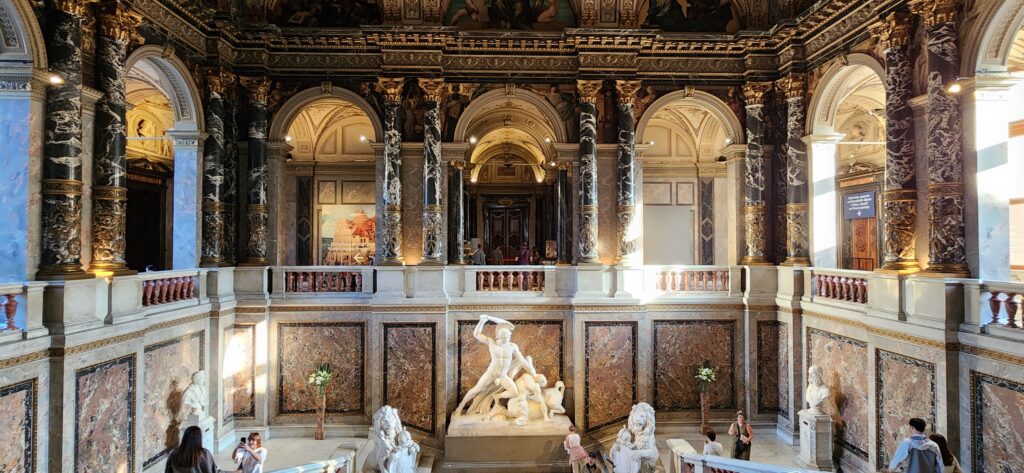
The entry hall of the Vienna Kunsthistorische (Historical Art) Museum.
The Vienna Historical Art Museum displays great Austrian art as well as works from other places in Europe where Austria ruled. Visitors are as overwhelmed by the interior architecture as by the art works.
Finally, there are establishments called heurigers. Most of them are in the more rural sections in and around Vienna. Frequently associated with wineries, the heurigers serve lots of wine (beer too) and huge buffets of roasts, sausages and salads. This isn’t elegant Viennese cuisine but rather hearty buffets.
